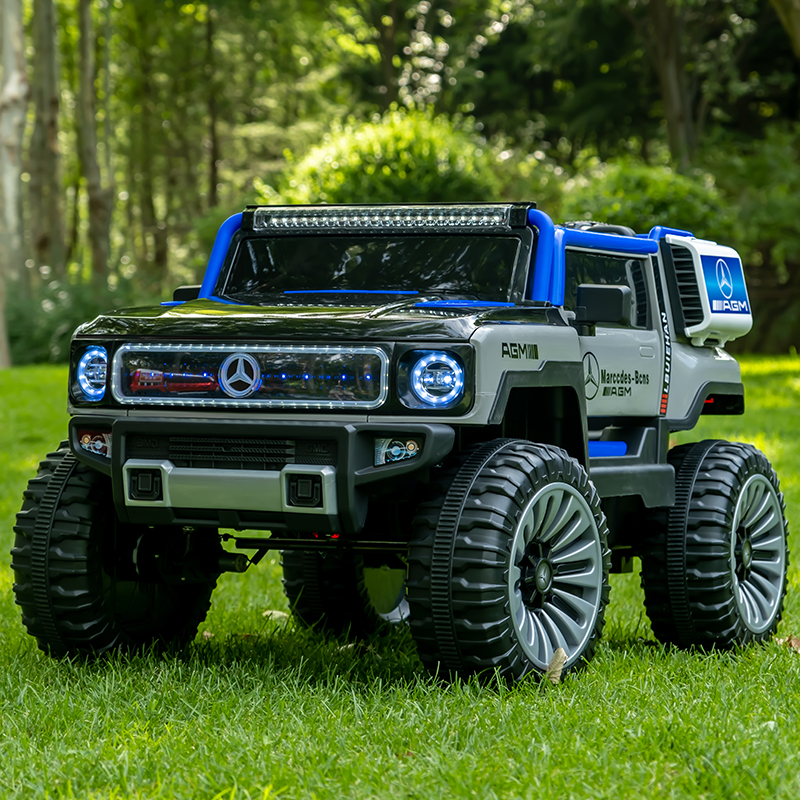How to Create Your Own Self-Balancing Scooter at Home
DIY Self-Balancing Scooter A Fun and Creative Project
Building a DIY self-balancing scooter can be a rewarding experience for tech enthusiasts and hobbyists alike. Not only does it provide an exciting way to travel, but it also gives you the satisfaction of creating something functional from scratch. In this article, we will explore the essentials of building your own self-balancing scooter, including the materials needed, the basic principles of balancing technology, and the steps to bring your idea to life.
Understanding the Basics
Self-balancing scooters, often referred to as hoverboards, utilize gyroscopic sensors and accelerometers to maintain balance. These devices sense the user's movements and adjust the scooter’s motors accordingly. When leaning forward, the motors will engage to propel the scooter forward, and when leaning backward, they'll slow down or reverse. This sophisticated interplay of technology allows riders to control their scooters with body movements.
Materials Needed
1. Chassis You can craft a lightweight frame using aluminum or plywood, or even repurpose parts from an old skateboard or bicycle. 2. Wheels Look for sturdy wheels that can support your weight. Standard skateboard wheels can work well if they have sufficient grip. 3. Motors Brushless DC motors are ideal for their efficiency and torque. Consider getting motors rated at around 250-500 watts. 4. Battery A lithium-ion battery pack is recommended due to its light weight and high energy density. Ensure that the battery's voltage matches your motor requirements. 5. Microcontroller An Arduino or Raspberry Pi can serve as the brain of your scooter, processing inputs from the sensors and controlling the motors. 6. Sensors Gyroscopes and accelerometers are essential for balance detection. These sensors will feed data to your microcontroller. 7. Wiring and Connectors You’ll need various wires, connectors, and possibly a soldering kit for assembling the electronic components. 8. Additional accessories A throttle control (for acceleration) and basic safety gear (helmet, knee pads) are recommended for your safety while riding.
Step-by-Step Guide
1. Frame Construction Begin by constructing a sturdy frame for your scooter. Ensure it’s wide enough to accommodate your feet and provide stability. 2. Mount the Wheels Attach the wheels securely to the chassis. Make sure they spin freely for smooth movement.
diy self balancing scooter

3. Install the Motors Attach your motors to the wheels using brackets. Connect these to your microcontroller as well.
4. Add the Sensors Install the gyroscope and accelerometer on the chassis. They should be positioned to measure the scooter's tilt effectively.
5. Wiring Use the wiring to connect the sensors and motors to the microcontroller. This part requires precision, so ensure all connections are secure.
6. Programming Write or upload a control program onto your microcontroller. This program will process data from the sensors and control the motors accordingly to achieve balance.
7. Battery Setup Connect your battery to provide power to the system. Make sure it is mounted securely and has a protective casing.
8. Testing Before taking your scooter out for a ride, conduct several tests. Check if the motors respond accurately to the tilt of the scooter. Make any necessary adjustments to the programming or hardware.
Conclusion
Creating a DIY self-balancing scooter is not just a project; it’s an adventure in learning about electronics and mechanics. While it may require a fair amount of time and effort, the results can be incredibly fulfilling. As you glide around on your self-made scooter, you’ll appreciate the blend of technology and creativity that went into building it. Remember, safety first – enjoy your ride!
-
Understanding Voltage in Battery for Children's Motorized CarNewsJun.05,2025
-
Safety Features to Look for in an Electric Car for KidsNewsJun.05,2025
-
How to Teach Your Child to Ride a Kids MotorcycleNewsJun.05,2025
-
How to Prevent Falls on a Balanced ScooterNewsJun.05,2025
-
How to Maintain Your 3 Wheeled Scooter for LongevityNewsJun.05,2025
-
Best Motorcycle Scooters for Urban CommutingNewsJun.05,2025
